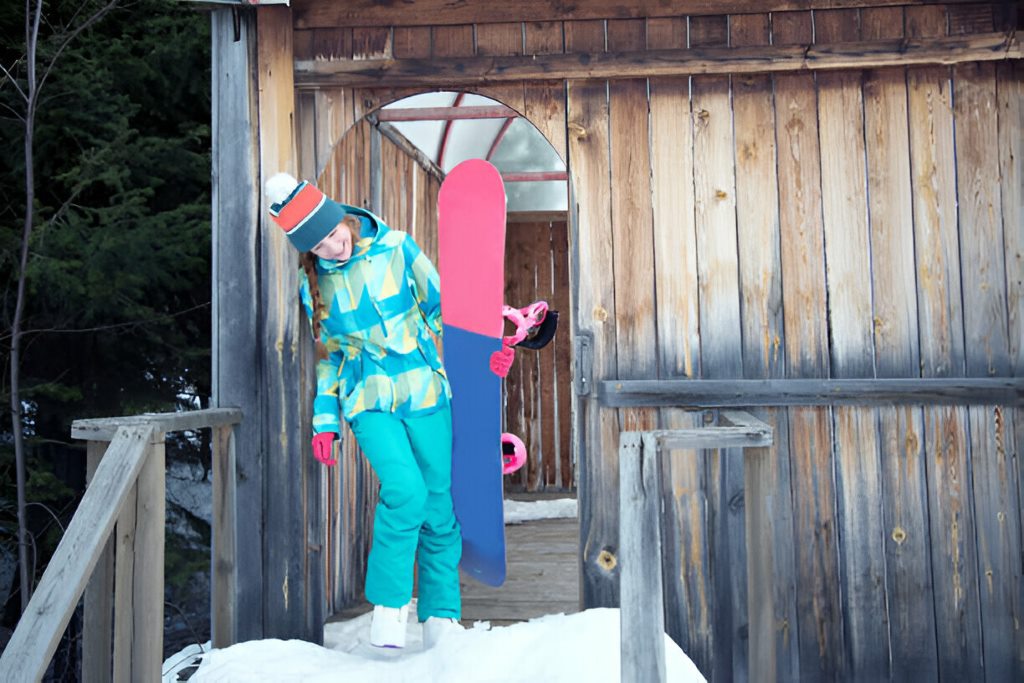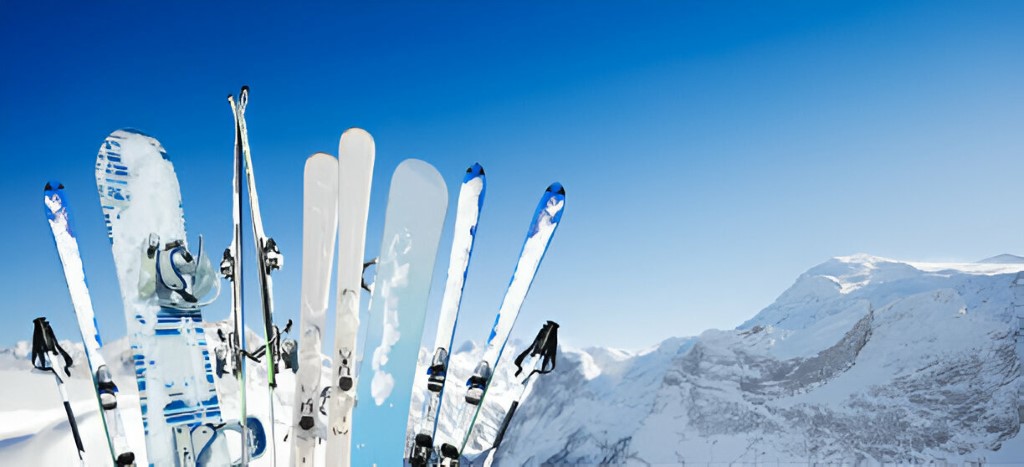When it comes to storing your beloved ski and snowboard equipment, the right location can make all the difference. Proper storage not only preserves the condition of your gear but also ensures convenience and safety.
In this article, we’ll delve into the key considerations for choosing the optimal location for storing skis and snowboards within your home or garage. From accessibility to temperature control, we’ll cover everything you need to know to make an informed decision.
What is Ski and Snowboard Storage?
Ski and snowboard storage refers to the practice of safely and appropriately storing your winter sports equipment when not in use.
This involves finding a suitable location, utilizing ski and snowboard storage racks, and implementing maintenance routines to preserve the condition and longevity of your gear.
Proper storage not only protects your investment but also ensures that your equipment is ready for action whenever you hit the slopes.
How Essential is Ski and Snowboard Storage?
For winter sports enthusiasts, proper ski and snowboard storage is essential for several reasons:
- Protecting Your Investment: Skiing and snowboarding equipment represents a significant investment. Proper storage helps protect this investment by preventing damage, deterioration, or premature wear and tear.
- Maintaining Performance: Well-maintained equipment performs better on the slopes. Storing your skis and snowboards properly ensures that they retain their shape, stiffness, and performance characteristics, allowing you to enjoy a smoother and more enjoyable ride.

- Safety Considerations: Neglected or improperly stored equipment can pose safety risks on the mountain. Loose bindings, damaged edges, or warped bases can compromise your stability, control, and overall safety while skiing or snowboarding.
- Convenience and Accessibility: Storing your equipment in a convenient and accessible location makes it easier to prepare for your winter adventures. When your gear is neatly organized and readily accessible, you can spend less time searching for equipment and more time enjoying the snow.
- Prolonging Lifespan: By storing your skis and snowboards properly, you can prolong their lifespan and delay the need for costly repairs or replacements. Regular maintenance and storage routines help prevent issues like rust, delamination, or edge damage, extending the longevity of your equipment.
Choosing the Perfect Location
Deciding on the perfect location for your storage elevated its advantage even more. Given below are a few tips on choosing the right location for your ski snowboard storage:
1. Easy Access for Convenience
Accessibility is paramount when selecting a storage location for your ski and snowboard equipment. Ideally, you want a spot that offers easy access, allowing you to grab your gear quickly when it’s time to hit the slopes. Here are some factors to consider:
- Proximity to Entry Points: Choose a location near the entry points of your home or garage to minimize the distance you need to carry your equipment. This could be a mudroom, hallway closet, or dedicated storage area near the garage entrance.
- Accessibility for All Users: Consider the accessibility of the storage location for all household members or frequent users of the equipment. Ensure that the storage area is easily reachable without requiring excessive bending, lifting, or maneuvering.

2. Maintaining Ideal Conditions
Temperature fluctuations can have a significant impact on the condition of your ski and snowboard gear. Fluctuations in temperature can lead to warping, delamination, or other damage, particularly to the base materials of skis and snowboards. Here’s how to manage temperature considerations:
- Stable Temperature Environment: Opt for a storage location with relatively stable temperatures throughout the year. Avoid areas that are prone to extreme temperature fluctuations, such as unheated garages or outdoor sheds.
- Avoiding Heat Sources: Keep your skis and snowboards away from direct heat sources, such as furnaces, radiators, or space heaters. High temperatures can cause the materials to degrade or become brittle over time.
- Protection from Freezing: Ensure that the storage location provides protection from freezing temperatures, especially if you live in a cold climate. Freezing temperatures can affect the integrity of bindings and adhesives, compromising safety and performance.
3. Minimizing Risks
When choosing a storage location for your ski and snowboard equipment, it’s essential to identify and mitigate potential hazards that could damage or compromise the gear. Here are some common hazards to consider:
- Moisture and Humidity: Avoid storing your skis and snowboards in damp or humid environments, as moisture can lead to rusting of metal components and promote mold or mildew growth. Opt for dry, well-ventilated areas instead.
- Physical Damage: Choose a location where your equipment is less likely to be bumped, knocked over, or accidentally damaged. Keep skis and snowboards away from high-traffic areas or places where they might be vulnerable to being knocked over by other items.

- Pest Control: Take measures to prevent pests such as rodents or insects from accessing your storage area. Seal any entry points and consider using deterrents like traps or repellents to protect your gear from damage.
Conclusion
Selecting the optimal location for storing your ski and snowboard equipment requires careful consideration of factors such as accessibility, temperature fluctuations, and potential hazards.
By choosing a suitable storage location, you can ensure that your gear remains in top condition, ready for your next snowy adventure.
Take the time to evaluate your options and invest in the right storage solution to protect your investment and enhance your skiing and snowboarding experience.



